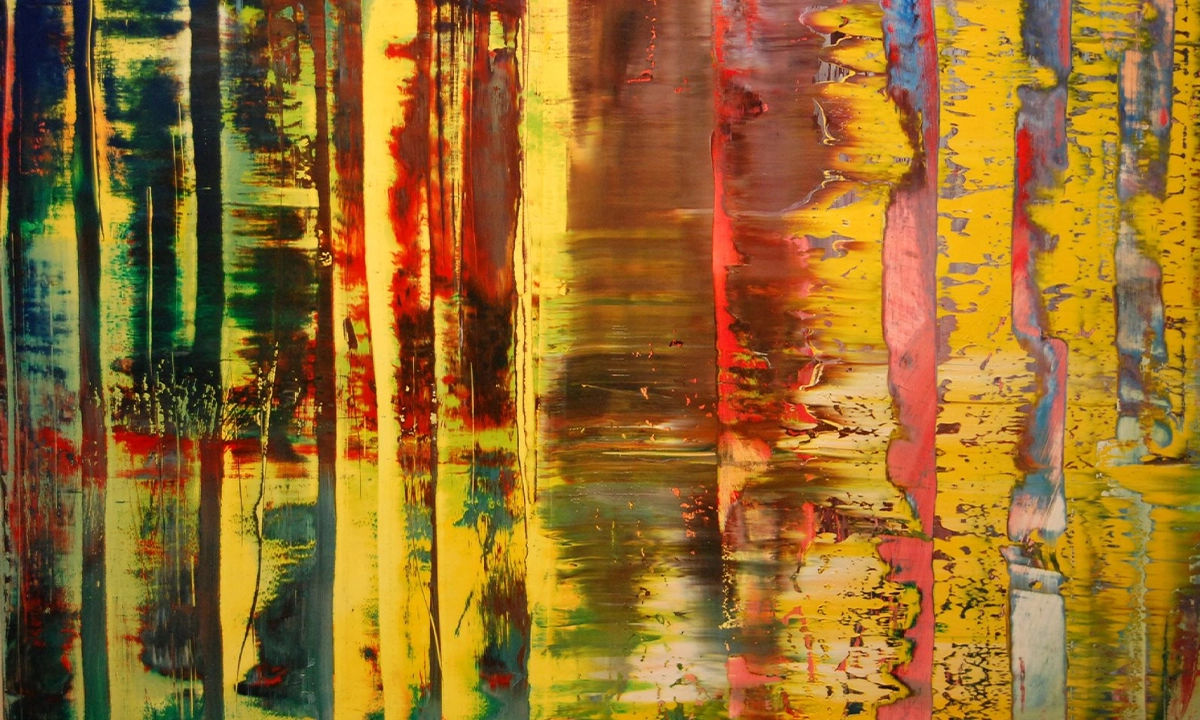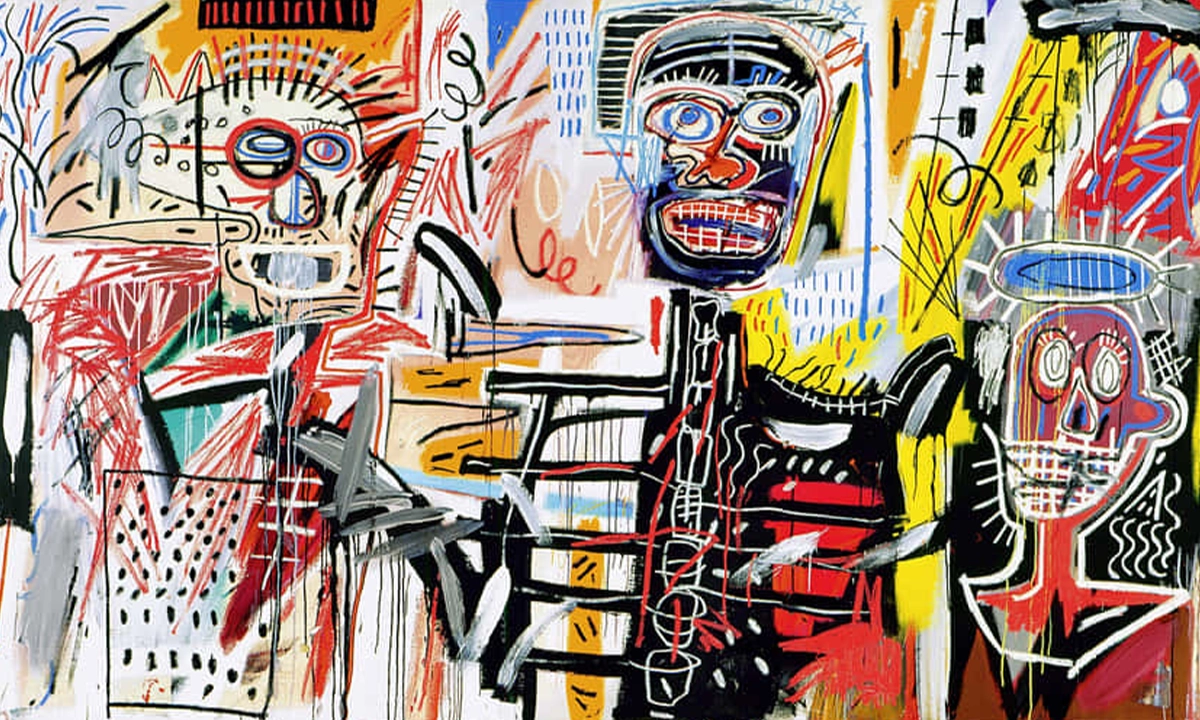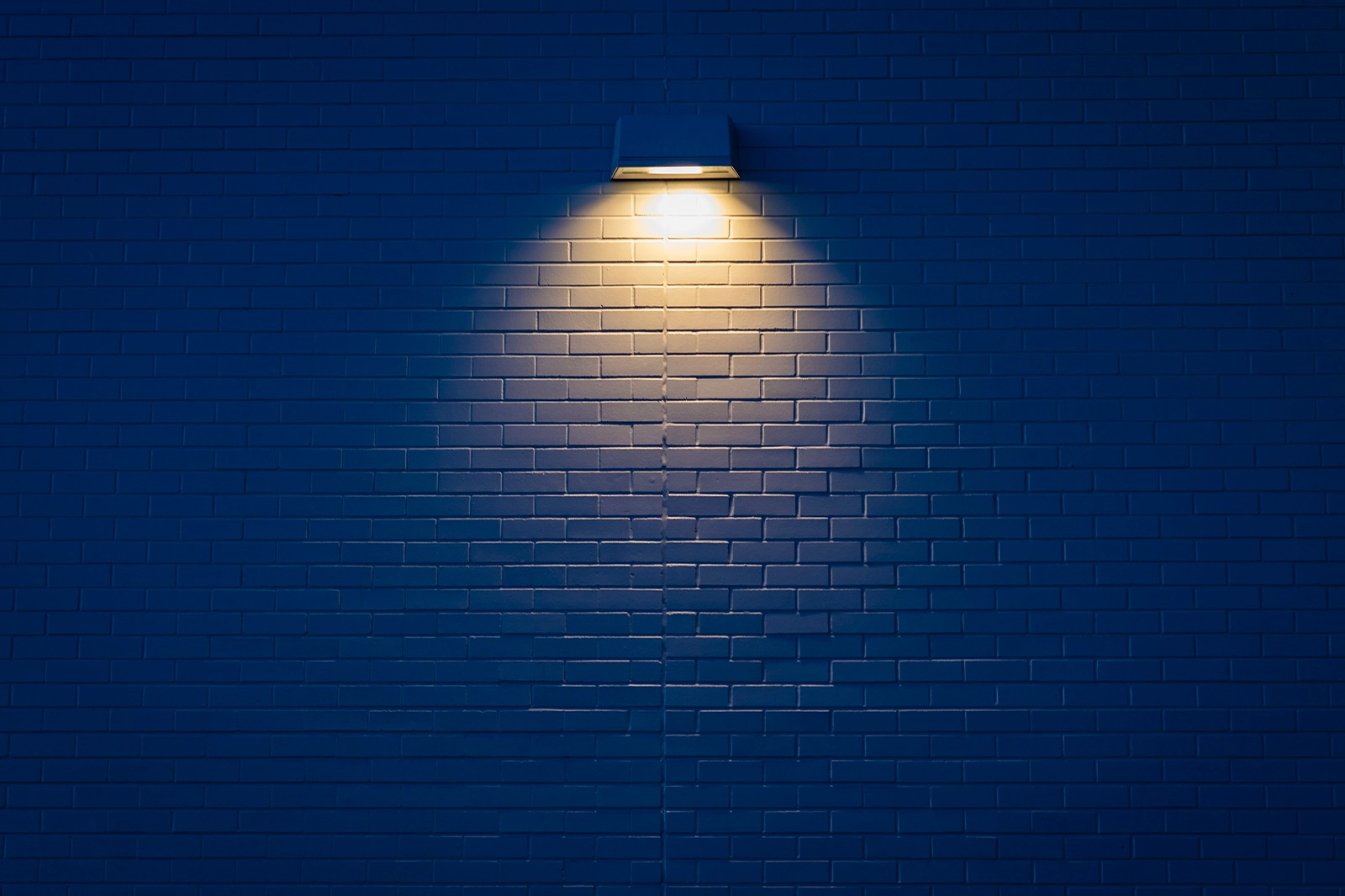As tulips burst forth, so too does cautiously optimistic feeling. Spring 2025 puts the art market in an odd place—not roaring back, not retreating, but steadying. Following several rollercoaster years of volatility fueled by NFTs, inflation anxiety, and half-and-half fair models, the present moment implies that something more profound is afoot:a new, sustainable growth era.
But this growth feels different—more rooted, more data-informed, and more globally diverse than in earlier years.
1. Blue-Chip Confidence Returns—but It's Selective
Sotheby's and Christie's auction houses are predicting tougher Q2 2025 season sales, particularly in the blue-chip market. Paintings by master artists—Basquiat, Kusama, Richter, Warhol—are still eliciting fierce bidding. But whereas in the hysteria peaks of 2021–2022, buyers were not as fussy about provenance, condition reports, and prices paid, today they demand more transparent provenance, better condition reports, and open pricing histories.
“There’s more discipline now,” notes art economist Clare McAndrew. “Buyers aren’t chasing hype—they’re chasing stability.”
It's a return to basics—and it's good news for collectors who want to buy into lasting value, not short-term spectacle.

2.The Rise of Regional Collecting Power
One of the largest stories of 2025 is what's occurring beyond the established art capitals.
Emerging regional centers—from Seoul and São Paulo to Lagos and Lisbon—are experiencing increased fair circuits and institutional support. These venues are not only cultivating local talent but also drawing in international collectors eager for new voices.
A recent UBS survey revealed that 38% of millennial collectors in 2025 intend to buy work from markets outside North America and Western Europe—12% more than two years ago. Decentralization is making the marketplace more diversified—and opportunities for artists who previously were outside the canon.
3. Physical Is Back (But Digital Didn't Die)
After the NFT boom cooled, many assumed digital art would quietly exit stage left. But instead, we’re seeing a more mature hybrid model emerge.
Physical galleries are leaning into immersive digital installations and token-linked works, while digital-native platforms are hosting IRL events and print editions. In other words: digital is evolving with the physical—not against it.
4. Eco-Conscious Collecting Gains Ground
Sustainability isn't just a curatorial fad—it's an acquisitions principle. 2025 buyers are inquiring increasingly about the manner in which works were made, transported, and installed. Recycled material, low-toxicity paints, and carbon-neutral transit are increasingly factoring into acquisitions.
Some dealers, such as London-based members of the Gallery Climate Coalition, now include sustainability transparency reports with provenance reports. The message is clear: how art is made matters—not just what it says.
5. Direct-to-Collector Models Expand
The model is being transformed not only by artists. Mid career artists are going directly to buyers through Patreon, Substack, and their own shops. It's not killing galleries—it's transforming the system. More collectors start on Instagram and develop closer relationships from there through newsletters, studio visits, and commissioned pieces. It means artists have greater agency, collectors have greater closeness. Both have greater clarity.
What This Means…
For collectors:
This spring is a good time to buy—especially if you’re focused on work with strong documentation, sustainable production, or rising voices from underrepresented regions.
For galleries:
Diversify your artist mix, invest in eco-conscious framing and shipping, and watch what’s happening outside the big three art capitals. Growth is global.
For artists:
Use this moment to reintroduce your story. Whether through thoughtful digital drops, print editions, or exhibitions rooted in your community, there’s appetite for meaningful, grounded work.
Final Thought
The Spring 2025 art market isn’t booming with bravado—it’s blooming with intention. The flash may have faded, but what’s rising in its place is healthier, more human, and full of potential. And if the signals are right, we’re just at the beginning.

.svg)
















